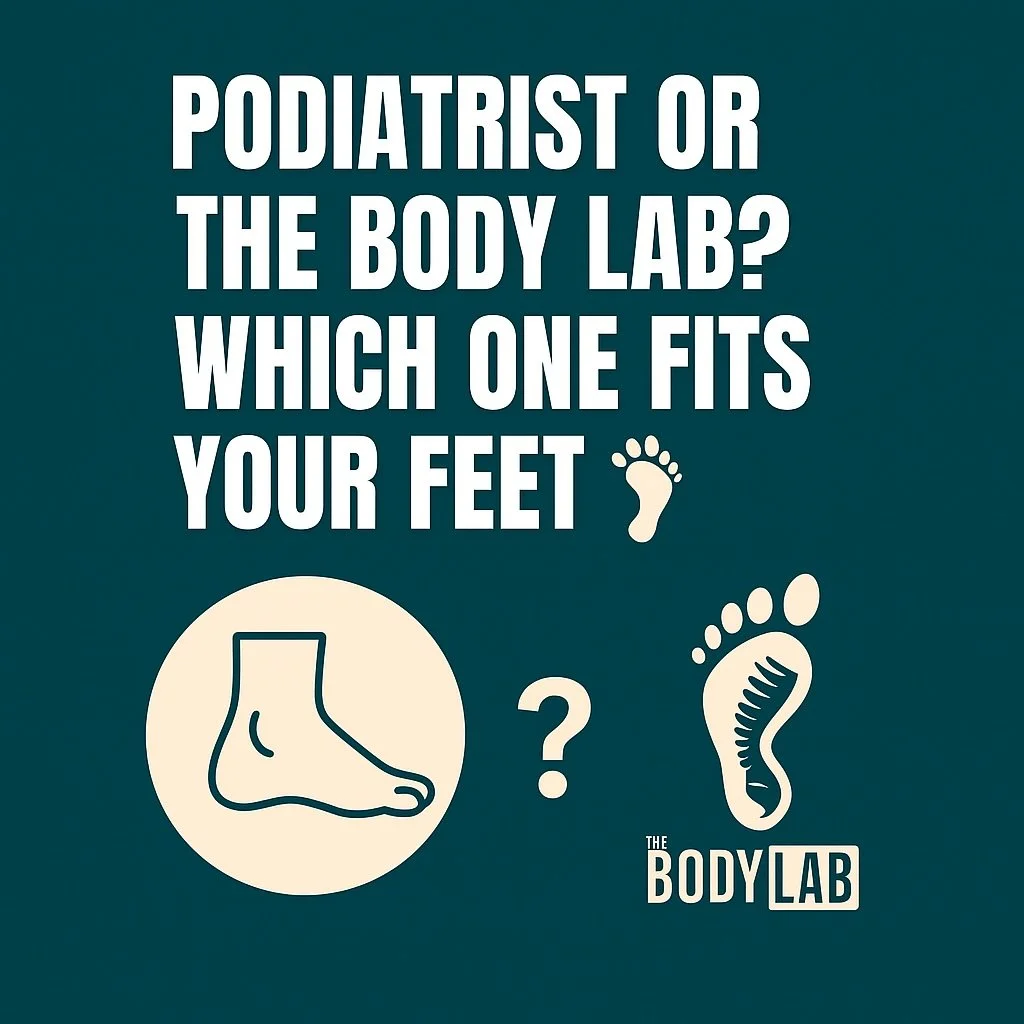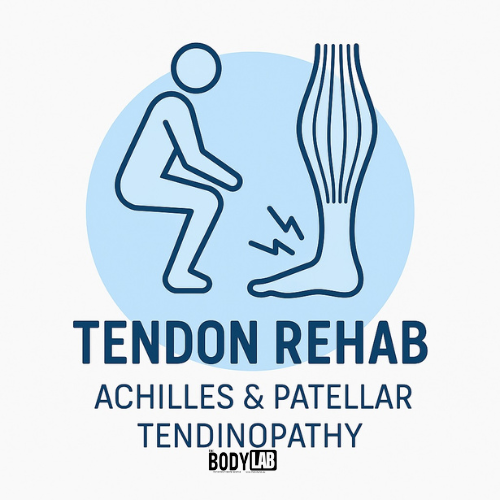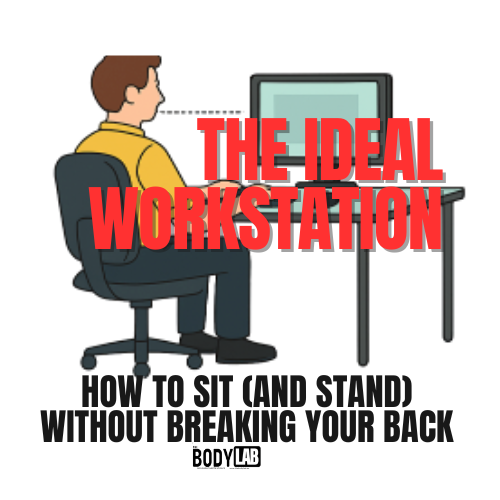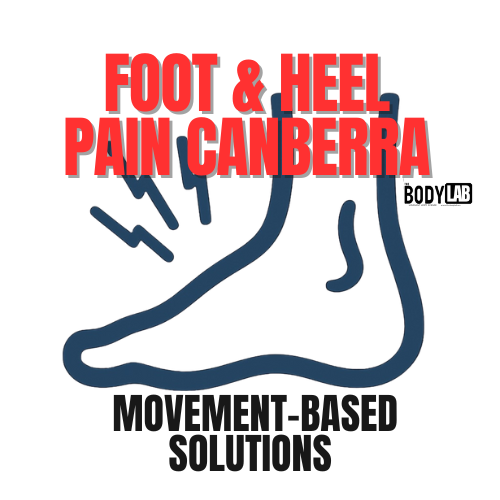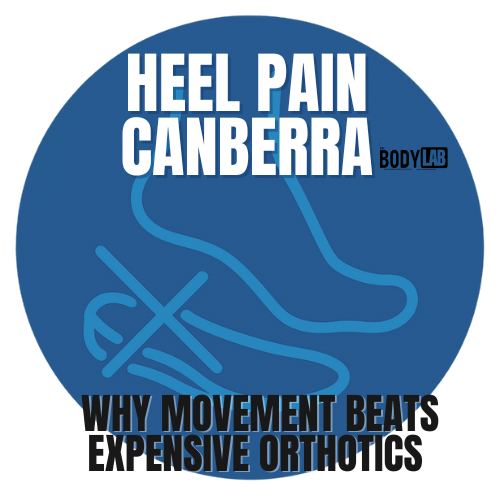Dry Needling vs. Acupuncture: Which Treatment is Right for Your Pain Relief?
Let’s settle this once and for all: dry needling and acupuncture may look similar (they both involve thin needles and occasionally some wincing), but they’re as different as yoga and weightlifting. Here’s the lowdown:
What is the different between Acupuncture & Dry Needling?
Acupuncture is the ancient healer, rooted in Traditional Chinese Medicine (TCM). It’s all about balancing your body’s Qi (energy flow), tapping into specific acupoints to help with everything from headaches to insomnia. On the other hand, dry needling is the modern muscle whisperer, focused on releasing tight spots in your muscles, a.k.a. trigger points, to give you instant relief from pain.
Now, here’s the kicker: I’m trained in both! Unlike many practitioners who only dabble in one, I’ve got years of experience in both acupuncture and dry needling, which means I can offer a tailored treatment plan that suits your needs perfectly.
Is Dry Needling the Same as Acupuncture?
Nope! While both involve needles, acupuncture works on an energy level, targeting meridians to bring your body back into balance. It’s a bit like hitting a reset button for your whole system. Dry needling, however, is more like hitting the knots in your muscles with a precision strike. It goes straight for the source of your muscle pain, releasing tightness and tension.
So, while both techniques might leave you feeling like a human pin cushion, the intention behind each is quite different.
What Is Dry Needling?
Imagine your physiotherapist or sports therapist working out a stubborn knot in your shoulder, but instead of using their hands, they’re using needles. That’s dry needling. The needles are inserted directly into your muscle’s trigger points to relieve tension. It’s great for treating muscle pain, sports injuries, and even fibromyalgia.
In Australia, dry needling has gained popularity, but there’s a catch—training requirements vary. Some practitioners complete short courses, while others dive deep into the technique. That’s why choosing a practitioner with proper training (like yours truly) is key to getting the best results.
What Is Acupuncture?
Acupuncture is like your body’s own wellness guru. It taps into thousands of years of tradition, placing needles at specific points to balance your Qi. It’s widely used to treat pain, stress, and even digestive issues. Here’s the fun part: Acupuncturists in Australia complete three to four years of training, so when you get acupuncture, you know you’re in expert hands.
I’ve not only done this training but also worked at Gateway Clinic at Lambeth Hospital in London, treating chronic pain patients in a world-class specialist clinic. Let’s just say, I’ve got both the Western and Eastern healing worlds covered.
Which Is Better, Dry Needling or Acupuncture?
It depends on what you’re looking for! If you’ve got tight muscles, a nagging sports injury, or just need some relief from pain, dry needling might be your go-to. But if you want to treat the body holistically—addressing pain, stress, and energy imbalances—then acupuncture is your best bet.
Lucky for you, you don’t have to choose. I can seamlessly combine both therapies in a single session, targeting your Qi and those troublesome trigger points. More on this here
Research and Benefits
Research on dry needling is still emerging, but studies have shown it’s effective for muscle pain relief and improving range of motion. It’s especially great for sports injuries or muscle tension. On the other hand, acupuncture has a rich history of research backing its use for everything from pain management to migraine relief. A 2010 study even found that acupuncture can provide long-term relief for knee osteoarthritis.
Risks and Side Effects
Both treatments are safe when performed by trained professionals (hint, hint). Dry needling may cause some temporary soreness or bruising, and acupuncture can occasionally lead to mild side effects like bruising or bleeding at the needle site.
Conclusion: Why Not Both?
When it comes to pain relief, you don’t have to pick sides. With my expertise in both acupuncture and dry needling, you’ll get the best of both worlds. Whether you’re seeking muscle relief or energy balance, I’ve got a treatment plan that’s right for you.












